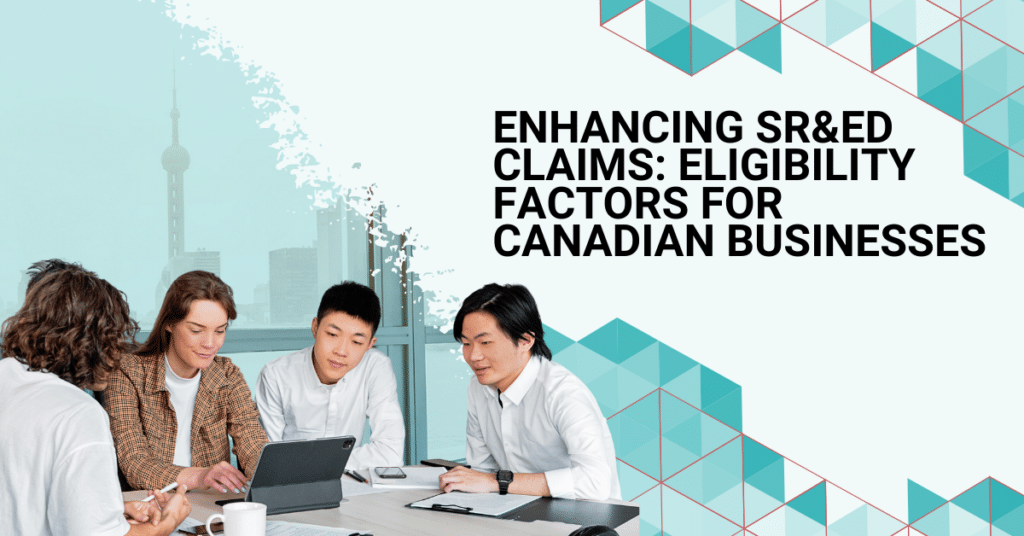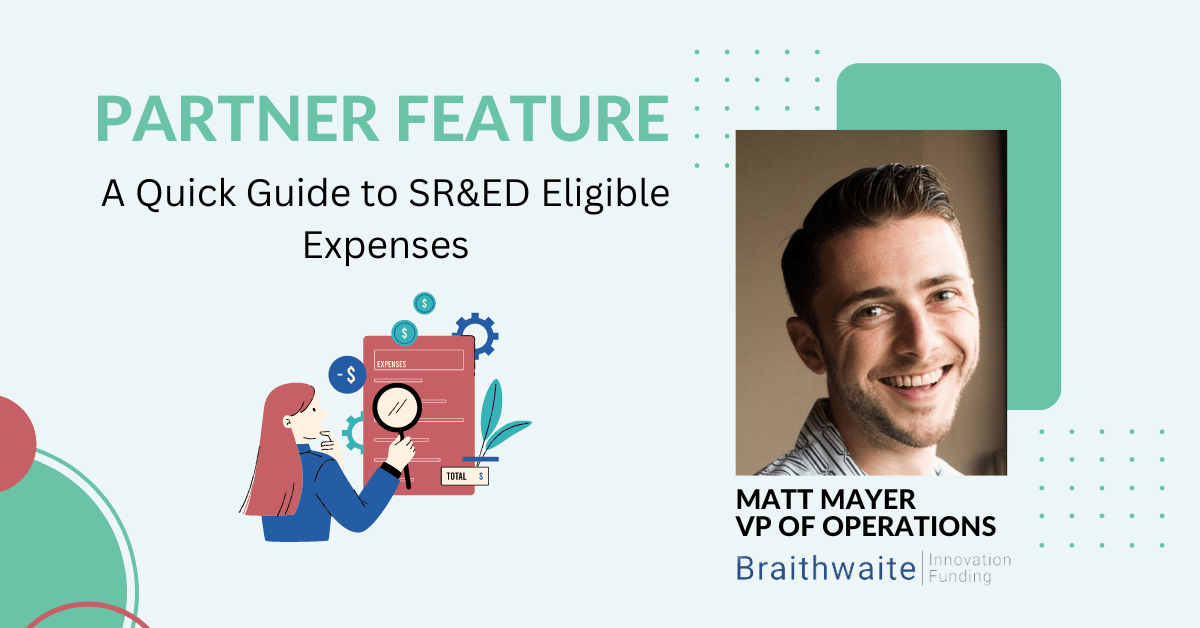Reading time: 5 minutes
If your company has previously filed for SR&ED, you’ve no doubt spent some time wondering how you can enhance your subsequent claims to expand your refund. As the Government of Canada’s largest R&D and scientific experimentation-based tax incentive, the Scientific Research and Experimental Development (SR&ED) program is a valuable source of financial support for businesses across Canada, with eligibility spanning multiple industries and sectors dedicated to innovation and development.
From Cleantech to cyber security, agriculture, and more, each year, the government provides over $4 billion in SR&ED tax incentives to businesses with the intention of encouraging innovation and technological advancement. At Venbridge, we’re proud to partner with Canadian companies with refundable SR&ED claims to offer financing that helps bridge the gap between incurring your eligible SR&ED expenses, the claim being filed and approved and the waiting period before receiving your funds (which can often take weeks to months).
Below, we’ll take a quick look at some of the core qualifying/eligibility standards you need to be aware of to make the most of your subsequent SR&ED filing. Read on to learn more.
What is SR&ED?
Before we get into eligibility criteria, let’s take a closer look at the SR&ED program as a whole. SR&ED is one of the government’s most longstanding incentive initiatives and is designed to help Canadian-grown businesses pursue innovative efforts that diversify the market both domestically and internationally. The government recognizes that there are often much higher costs associated with efforts revolving around technological uncertainties, creating new products, or investigating ways to improve upon current standards. The core objective of the program is to encourage and help sustain innovation. The government recognizes that it is risky to pursue new efforts and that often, even the most “viable” projects on paper may fail. Failure, in this case, does not discredit the value of the knowledge gained in the research and development process, which may serve as a much greater benefit to its related industry as a whole.
Who/What Qualifies for SR&ED?
Though the parameters for SR&ED are quite broad, businesses need to assess their eligibility prior to filing. To have your claim accepted, you must have a project that addresses scientific and/or technological uncertainty through a systematic investigation entailing the creation and testing of hypotheses. Projects must also fall into one of the following categories:
Basic Research: Projects that advance scientific knowledge for the purpose of broadening understanding.
Applied Research: Projects with the primary aim of acquiring knowledge for specific applications and commercial objectives.
Experimental Development: Projects that use existing knowledge, insight, and experience to propel technological advancement and enhance existing materials, devices, products, or processes.
Those who cannot prove through sufficient documentation that their work accomplishes the parameters above may have their claim rejected or subject to review.
Eligible Expenditures
While there are quite a few types of expenses you can claim under the SR&ED program, it is essential to be aware that not everything qualifies. Eligible expenditures under SR&ED guidelines include:
Salaries: Only the portion of salaries and wages attributed to personnel directly engaged in the SR&ED project are eligible to be claimed.
Activities and Tasks: Refunds may be claimed for specific activities and tasks, such as data collection, mathematical analysis, computer programming, engineering, design, operational research, testing, and psychological research.
Materials: The SR&ED program allows businesses to claim the cost of materials purchased and used for the development and progression of their research project. Specific eligible materials include the cost of storage and applicable transportation costs.
Overhead: Eligible overhead expenses refer to costs that may not directly tie into your project but are necessary for operations overall. For example, property tax, utilities, and other unavoidable fees associated with maintaining your operations site.
Contracts and Third-Party Payments: Businesses may also claim costs associated with hiring Canadian subcontractors (eligible expenses must use a domestic contractor) to perform SR&ED-related work and related expenses like the upkeep and maintenance of equipment.
Financing Your SR&ED Credit with Venbridge
Once you file a successful claim, the next challenge to overcome for your R&D efforts is the waiting period typically associated with SR&ED refunds. Claims can be subject to a lengthy review by the CRA. For those who need quick capital now, this down period is certainly less than ideal.
Partnering with a non-dilutive SR&ED financing firm like Venbridge can help to eliminate stress caused by slow-moving funds and give you access to capital in as little as three business days. Venbridge offers the highest loan-to-value financing on the market and has an extensive portfolio of previous success stories that span several industries, including banking and insurance, clean technologies, life sciences and pharmaceuticals, energy and natural resources, and more.
Partner with Venbridge
Navigating the SR&ED program and optimizing its benefits requires careful consideration of eligibility factors to maximize your refund. By understanding the qualifiers for SR&ED eligibility and exploring financing options with Venbridge, businesses can access the necessary capital to support their innovation and R&D projects and avoid the headaches associated with rejected claims or CRA reviews.
Contact our team today to discover how Venbridge can enhance your R&D initiatives through non-dilutive venture debt financing.




